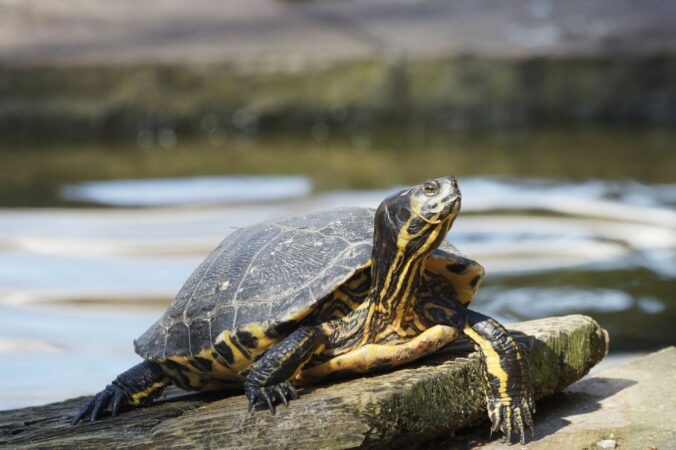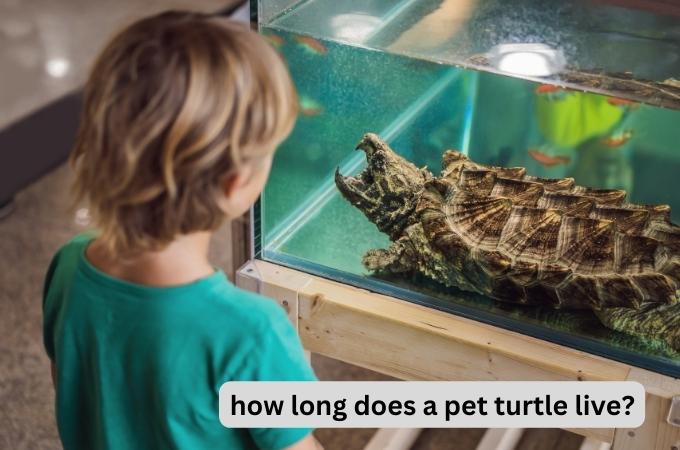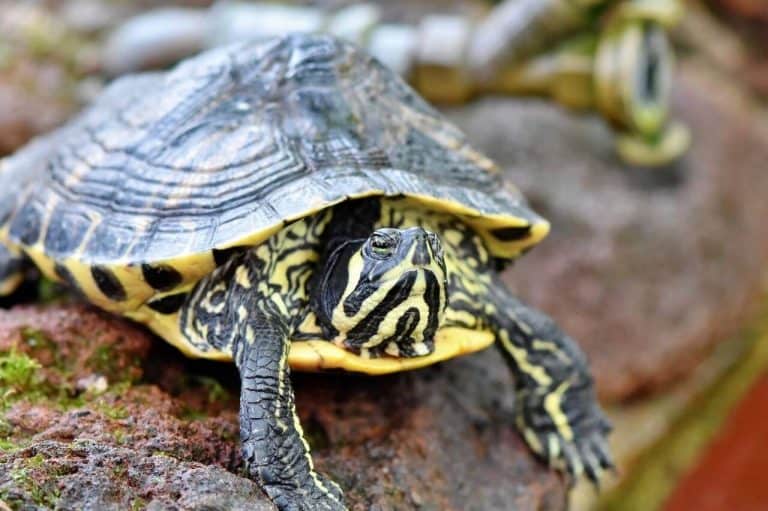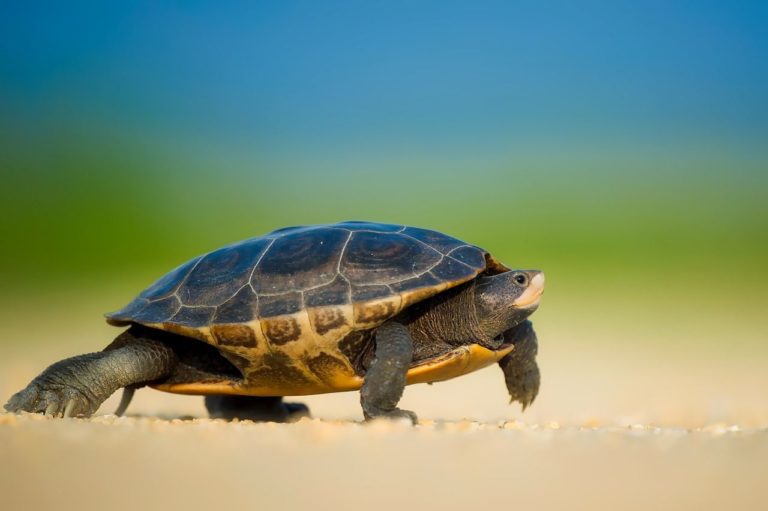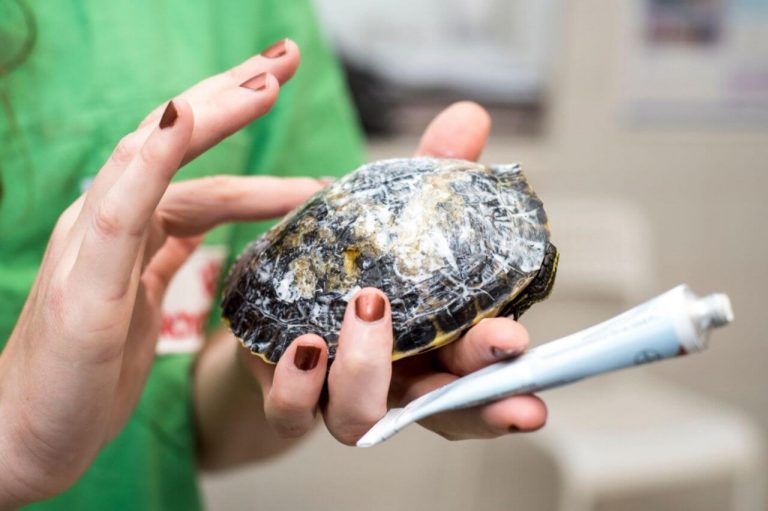Fully Aquatic Turtles | General Care of Aquatic Turtles
Venturing into the realm of aquatic turtle guardianship is no mere dalliance; it’s a journey fraught with nuances and intricacies, a choreography of care that demands meticulous attention. Having spent a significant span of over half a decade immersed in the company of aquatic turtles, I’ve had the privilege of not only observing these enchanting creatures up close but also unraveling the secrets to their well-being.
[amazon box=”B01N7RW6RX” grid=”1″ price=”none”]
In the pursuit of enhancing the welfare of these captivating aquatic companions, I present a compendium of insights and tips that will serve as a guiding beacon for fellow turtle aficionados. This discourse aims to equip you with the knowledge and acumen necessary to embark on a journey of responsible turtle stewardship, ensuring that these remarkable beings thrive under your guardianship.
Fully Aquatic Turtles:
Navigating the Aquatic Turtle Care Odyssey:
Embarking on the odyssey of aquatic turtle care demands an understanding of various facets intricately woven into the fabric of their well-being. Delve into the following insights that promise to unravel the tapestry of optimal turtle care.
Dwelling Dynamics:
At the forefront of aquatic turtle care lies the pivotal consideration of housing. Turtle abodes are not one-size-fits-all; they morph according to variables such as turtle size, quantity, and species.
Yet, a cardinal principle governs this domain – the turtle enclosure should adhere to the rule that the cumulative shell sizes do not exceed 25% of the floor enclosure’s surface area.
[amazon box=”0793828856″ grid=”1″ price=”none”]
Liquid Realms: The Essence of Water Quality
Within the aquatic realm, water quality assumes paramount importance, particularly for fully aquatic turtle species. An exemplary approach involves adopting a bare-bottom tank, steering clear of gravel’s pitfalls, which can be misconstrued as edible morsels by the turtles, leading to potential health issues.
In tandem, a robust filtration system emerges as a linchpin in the pursuit of water quality excellence. The choice of a canister filter or an over-the-side filter hinges on tank size and the turtle population. These replaceable filters, subject to manufacturer recommendations, stand as stalwarts in preserving pristine aquatic conditions.
Regular water changes, despite an efficient filtration system, remain imperative. The onset of dirt or odors signifies an overdue water change, underscoring the dynamic nature of aquatic turtle care.
Confronting Chlorine: The Dechlorinator’s Role
Enter the de-chlorinator, a stalwart defender against chlorine’s insidious presence. This chemical guardian not only curtails odor but also annihilates disease-causing bacteria, fostering a hygienic haven for your turtle companions.
Purging Perils: Scrubbing and Rinsing Rituals:
Complementing the dechlorinator’s prowess, a regular regime of scrubbing and rinsing the turtle enclosure proves indispensable. This proactive measure rids the habitat of residual bacteria and staves off the accumulation of detritus.
[amazon box=”B00ESBHN1Q” grid=”1″ price=”none”]
Temperature Tenets: A Delicate Thermodynamic Ballet
Turtles, with their specific water temperature preferences, demand meticulous adherence to maintain their well-being. Post-water changes, ensuring a seamless transition to the ideal temperature range becomes paramount, guarding against potential harm caused by abrupt fluctuations.
Salinity Saga: Tailoring to Turtles’ Taste
Tailoring the salinity levels to the unique requirements of each turtle species represents another layer of care complexity. Hydrometers come into play, facilitating precise measurements and adjustments to create an optimal living environment for the turtles.
Warning: Poor water quality serves as a harbinger of shell infections and potential demise, a heartbreaking outcome for any devoted turtle custodian.
Thermostatic Symphony: The Significance of Water Temperature
The water temperature, a linchpin in turtle care, should perpetually dwell within a prescribed range. Introducing a submersible water aquarium heater, coupled with a heater protector to avert potential injuries, ensures a consistent and comfortable thermal environment. A vigilant eye, aided by a thermometer, regulates these crucial temperature parameters.
Basking Beacons: Crafting Comfortable Retreats
Turtles revel in basking, necessitating a dry area within the enclosure. Elevating the air temperature slightly above the surroundings ensures an inviting basking space. The judicious use of a light bulb, perhaps with a reflector hood, facilitates this endeavor, with a nod to the efficacy of a mercury vapor bulb of lower wattage.
In Closing:
The allure of fully aquatic turtles as pets is undeniable, weaving a tapestry of joy and companionship. Yet, these charming companions demand nuanced care, a symphony of diligence and knowledge. Maintaining a pristine environment and administering proper medication emerge as the guardianship’s pillars, warding off infections and ensuring the turtles thrive.
Armed with these invaluable turtle care insights, embark on the journey of turtle companionship with confidence, savoring the moments with these delightful aquatic denizens. May your venture into turtle stewardship be as rewarding as it is enriching. Best of luck on your turtle-tending odyssey.
